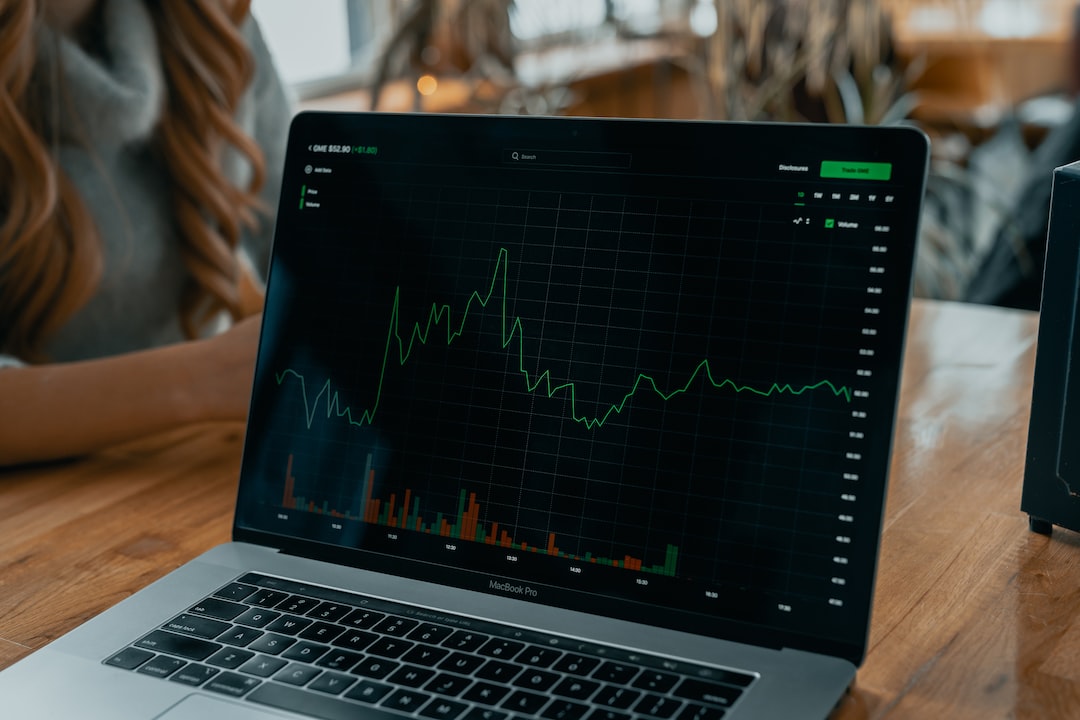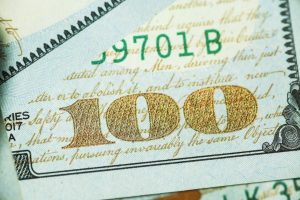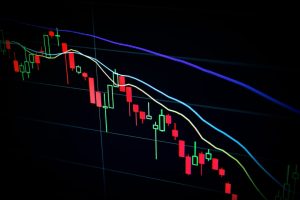Forex is a popular term in the world of finance and investments. It refers to the trading of currencies on the foreign exchange market. The forex market is the world’s largest and most liquid financial market, with daily trading volumes that exceed $6 trillion.
One of the key elements of forex trading is the spread. The spread is the difference between the bid and ask prices of a currency pair, and it represents the cost of trading on the forex market. In this article, we will explain why there is a spread in forex trading and how it affects traders’ profitability.
Forex market participants
Before we dive into the spread, it’s important to understand who the main players in the forex market are. The forex market is a decentralized, over-the-counter (OTC) market, which means that there is no central exchange or clearinghouse. Instead, the market is made up of a network of banks, financial institutions, and individual traders who trade with each other directly or through electronic trading platforms.
The main players in the forex market are:
– Banks: Banks are the largest participants in the forex market, accounting for around 50% of the daily trading volume. They use the market to facilitate international trade and to hedge their currency exposures.
– Financial institutions: These include hedge funds, investment firms, and other institutional investors. They trade on behalf of their clients or for their own account.
– Retail traders: These are individual traders who trade forex for their own account using online trading platforms.
Why is there a spread in forex trading?
The spread is the difference between the bid and ask prices of a currency pair. The bid is the price at which a trader can sell a currency pair, while the ask is the price at which they can buy it. The spread is the cost of trading on the forex market, and it is determined by the market participants.
The spread exists because of the decentralized nature of the forex market. There is no central exchange or clearinghouse to set prices or regulate trading. Instead, the prices are determined by the supply and demand of the market participants.
The bid and ask prices are set by the market makers, which are typically the banks and financial institutions that provide liquidity to the market. They buy and sell currencies in large volumes and offer prices to other market participants. The bid and ask prices they offer are based on their own market analysis, trading strategies, and risk management policies.
The spread can vary depending on the currency pair, the market conditions, and the liquidity of the market. Some currency pairs have a tight spread, which means that the difference between the bid and ask prices is small, while others have a wider spread. For example, the spread for major currency pairs such as EUR/USD and USD/JPY is typically around 0.5-1 pip, while the spread for exotic currency pairs such as USD/TRY and USD/MXN can be as wide as 50 pips or more.
How does the spread affect traders’ profitability?
The spread is an important factor to consider when trading forex because it affects traders’ profitability. When a trader opens a position on a currency pair, they pay the spread as the cost of trading. The spread is deducted from their trading account and reduces their potential profit.
For example, if a trader buys EUR/USD at 1.2000 and the spread is 1 pip, the actual entry price would be 1.2001. If the trader sells the position at 1.2100, the exit price would be 1.2099 after deducting the spread. This means that the trader’s profit would be 99 pips instead of 100 pips if there was no spread. The spread can also cause losses if the market moves against the trader’s position.
To be profitable in forex trading, traders need to have a trading strategy that takes into account the spread and other trading costs such as commissions and slippage. They also need to choose a broker that offers competitive spreads and reliable execution.
Conclusion
In summary, the spread is the difference between the bid and ask prices of a currency pair, and it represents the cost of trading on the forex market. The spread exists because of the decentralized nature of the market, and it is set by the market makers based on their own analysis, trading strategies, and risk management policies. The spread affects traders’ profitability, and traders need to have a trading strategy that takes into account the spread and other trading costs to be successful in forex trading.





